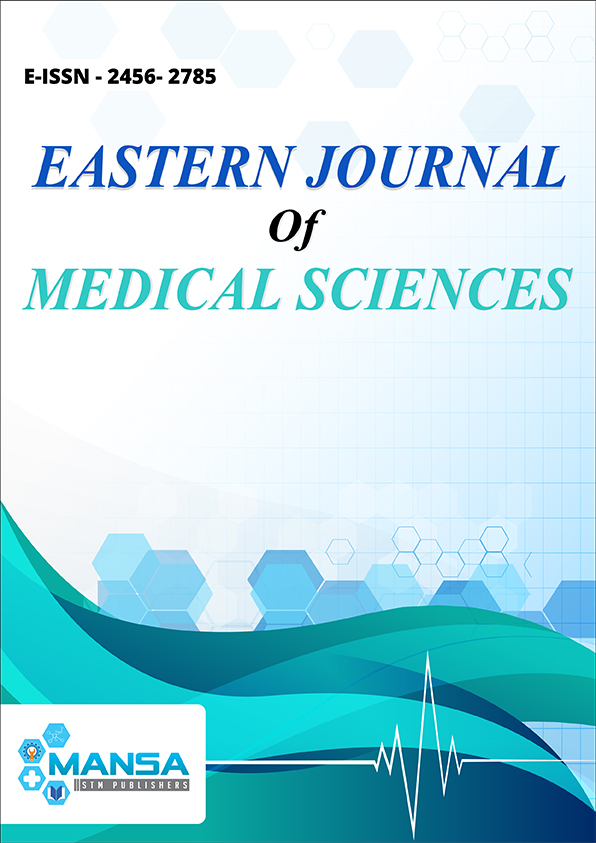Sensitivity pattern of Salmonella isolates from blood culture in children in a tertiary care hospital in Western Tamil Nadu
DOI:
https://doi.org/10.32677/EJMS.2020.v05.i01.003Keywords:
Antibiotic sensitivity, Children, TyphoidAbstract
Background: Antibiotic resistance to Salmonella differs in each region. Limited studies are available on antibiotic sensitivity pattern to Salmonella in western part of Tamil Nadu. Objective: The objective of the study was to study the antibiotic sensitivity pattern of Salmonella isolates in children in western part of Tamil Nadu and to analyze subspecies variation in antibiotic sensitivity. Materials and Methods: A retrospective analysis of blood culture sensitivity reports of 89 patients with enteric fever between the ages of 1 and 18 years old who were admitted over a period of 5 years in a tertiary care center in western part of Tamil Nadu was performed. Variables such as age, gender, subtypes of Salmonella infection, and sensitivity pattern to antibiotics were analyzed. Results: All Salmonella isolates were highly sensitive to co-trimoxazole, chloramphenicol, ampicillin, and third-generation cephalosporins (nearly 100%). The highest resistance was to nalidixic acid followed by quinolones. Resistance to azithromycin was close to 15%. Overall, Salmonella paratyphi A strains showed higher resistance and Salmonella typhimurium infection was higher in infants. Conclusion: Although multidrug-resistant Salmonella is documented worldwide, the first-line drugs were highly sensitive. Azithromycin is an easy and feasible alternative, but resistance should be kept in mind. Salmonella paratyphi A infections must also to be considered in multidrug-resistant conditions.

